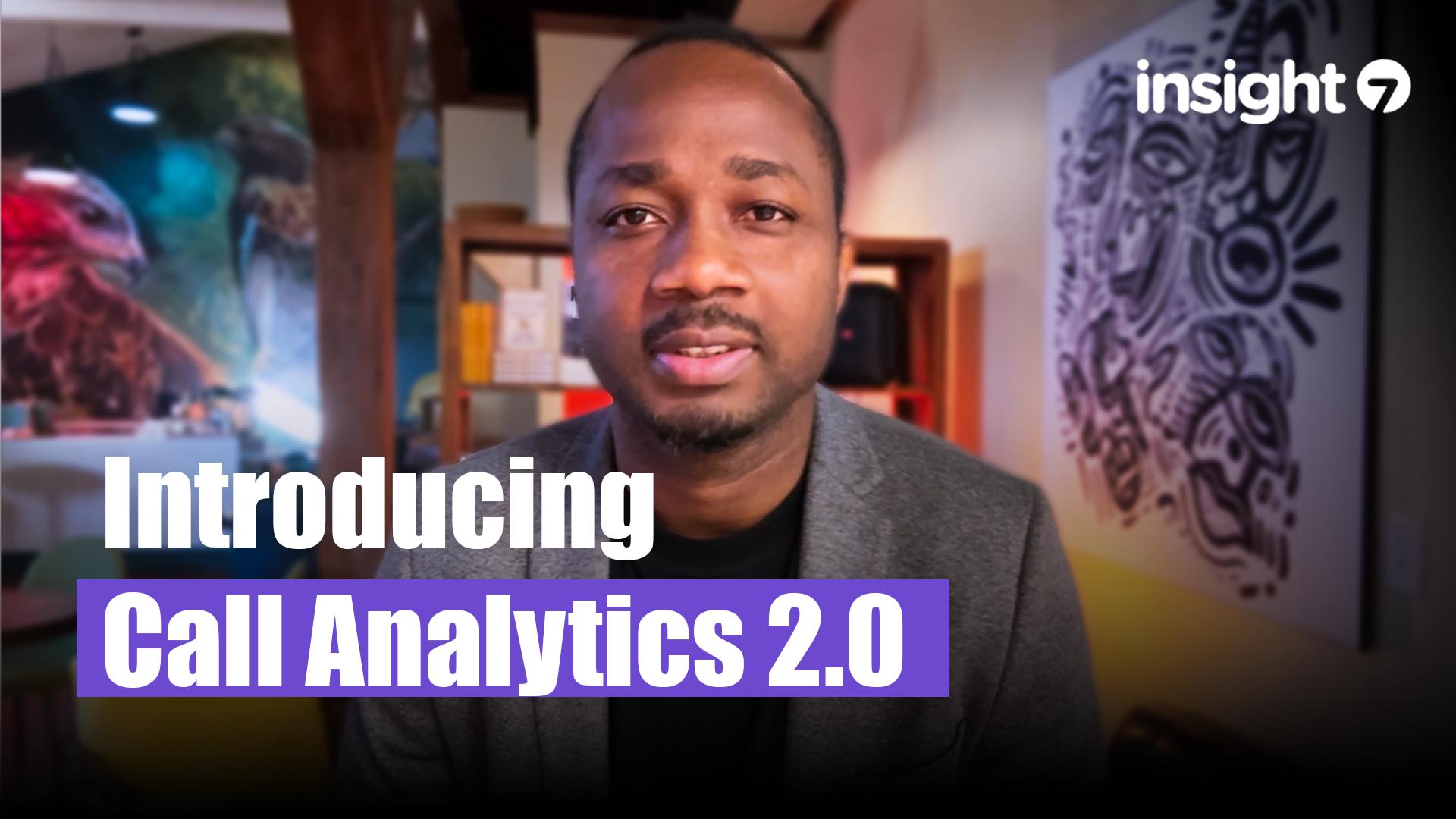Crafting a Summary Project Proposal: Examples and Tips
-
Bella Williams
- 10 min read
Crafting a project proposal is an art that can make or break your chances of securing funding or approval. Whether you're a seasoned professional or a budding entrepreneur, mastering this skill is crucial for success. A well-crafted project proposal not only outlines your ideas but also convinces stakeholders of their value and feasibility.
To create a compelling project proposal, start by clearly defining your project's objectives and scope. Next, outline the methodology you'll employ to achieve these goals, ensuring it's both practical and innovative. Don't forget to include a detailed timeline and budget, demonstrating your thorough planning and resource management skills. Finally, emphasize the potential impact and benefits of your project, making a strong case for why it deserves support.
Understanding the Essentials of Project Proposal Crafting
Crafting a compelling project proposal is an art that combines strategic thinking, clear communication, and persuasive writing. At its core, a well-crafted proposal serves as a roadmap for your project, outlining its objectives, methodology, and expected outcomes. To create an effective summary project proposal, consider these key elements:
Executive Summary: Begin with a concise overview that captures the essence of your project, highlighting its main goals and potential impact.
Problem Statement: Clearly articulate the issue or challenge your project aims to address, emphasizing its significance and relevance.
Proposed Solution: Outline your approach to tackling the problem, detailing the innovative methods or strategies you plan to employ.
Timeline and Milestones: Present a realistic schedule for project completion, including key milestones and deliverables.
Budget and Resources: Provide a breakdown of the required funding and resources, demonstrating careful planning and fiscal responsibility.
Expected Outcomes: Describe the anticipated results and benefits of your project, showcasing its value to stakeholders and potential funders.
By incorporating these elements into your summary project proposal, you'll create a compelling case for your initiative, increasing its chances of approval and support.
Key Elements of a Summary Project Proposal
Crafting a compelling summary project proposal requires careful consideration of key elements. A well-structured proposal should begin with a clear and concise project overview, outlining the main objectives and expected outcomes. This sets the stage for decision-makers to quickly grasp the project's essence.
Next, include a brief problem statement that highlights the issues the project aims to address. Follow this with a succinct solution description, explaining how your proposed approach will tackle these challenges. Additionally, incorporate a timeline that outlines major milestones and deliverables, giving stakeholders a clear picture of the project's progression. Finally, present a high-level budget summary, demonstrating the project's financial feasibility and resource requirements. By focusing on these essential components, you can create a persuasive summary proposal that effectively communicates your project's value and potential for success.
Importance of Clarity and Conciseness
Clarity and conciseness are paramount when crafting a summary project proposal. These elements ensure that your ideas are communicated effectively, leaving no room for misinterpretation. A well-structured proposal captures the essence of your project, making it easier for stakeholders to grasp its significance and potential impact.
To achieve clarity in your project proposal, focus on presenting your ideas in a logical sequence. Start with a brief overview of the project's objectives, followed by key deliverables and expected outcomes. Use simple, straightforward language to explain complex concepts, avoiding jargon that might confuse your audience. Conciseness, on the other hand, involves trimming unnecessary details and getting straight to the point. Remember, a summary proposal should be a snapshot of your project, not an exhaustive document. By balancing clarity and conciseness, you create a compelling proposal that resonates with decision-makers and increases your chances of project approval.
Steps to Crafting an Effective Project Proposal
Crafting an effective project proposal requires a strategic approach and attention to detail. Begin by clearly defining the project's objectives and scope, ensuring they align with the organization's goals. This sets the foundation for a compelling proposal that captures stakeholders' attention.
Next, conduct thorough research to support your proposal. Gather relevant data, industry trends, and potential challenges to demonstrate your understanding of the project's context. Use this information to develop a comprehensive timeline and budget, showcasing your ability to manage resources efficiently. Remember to highlight the project's potential benefits and return on investment, as this will be crucial in gaining approval from decision-makers.
Research and Data Gathering
Gathering comprehensive data is the cornerstone of crafting a compelling project proposal. Start by identifying key stakeholders and conducting thorough interviews to understand their needs, expectations, and potential concerns. This process not only provides valuable insights but also helps build rapport with decision-makers.
Next, delve into market research to support your proposal's viability. Analyze industry trends, competitor strategies, and potential challenges that may impact your project. Utilize both primary and secondary sources, such as surveys, focus groups, and reputable industry reports. Remember to document your findings meticulously, as this data will form the backbone of your proposal's arguments and projections. By presenting well-researched, data-driven evidence, you'll significantly enhance your proposal's credibility and increase its chances of approval.
Structuring Your Proposal for Maximum Impact
Crafting a compelling project proposal requires a strategic approach to structure. Begin by outlining the problem or opportunity your project addresses, providing context for its importance. Next, clearly articulate your proposed solution, highlighting its unique value and potential impact. Include a concise timeline and budget breakdown to demonstrate feasibility and resource management.
To maximize impact, incorporate visual elements such as charts or infographics to illustrate key points. Conclude with a strong call-to-action, emphasizing the benefits of approving your proposal. Remember to tailor your language and tone to your audience, whether it's executives, stakeholders, or potential clients. By following this structure, you'll create a persuasive proposal that effectively communicates your project's value and increases its chances of approval.
Conclusion on Project Proposal Crafting
Crafting a project proposal is a crucial skill that can make or break your chances of securing funding or approval. As we've explored various examples and tips throughout this guide, it's clear that a well-structured, concise, and compelling proposal is essential for success. Remember to tailor your proposal to your audience, clearly articulate your project's goals and benefits, and provide a realistic timeline and budget.
By following the strategies discussed, you can create a proposal that stands out and effectively communicates your vision. Whether you're seeking support for a small-scale initiative or a large-scale project, the principles of clarity, persuasion, and thoroughness remain the same. With practice and attention to detail, you'll be well-equipped to craft winning project proposals that capture attention and drive results.







